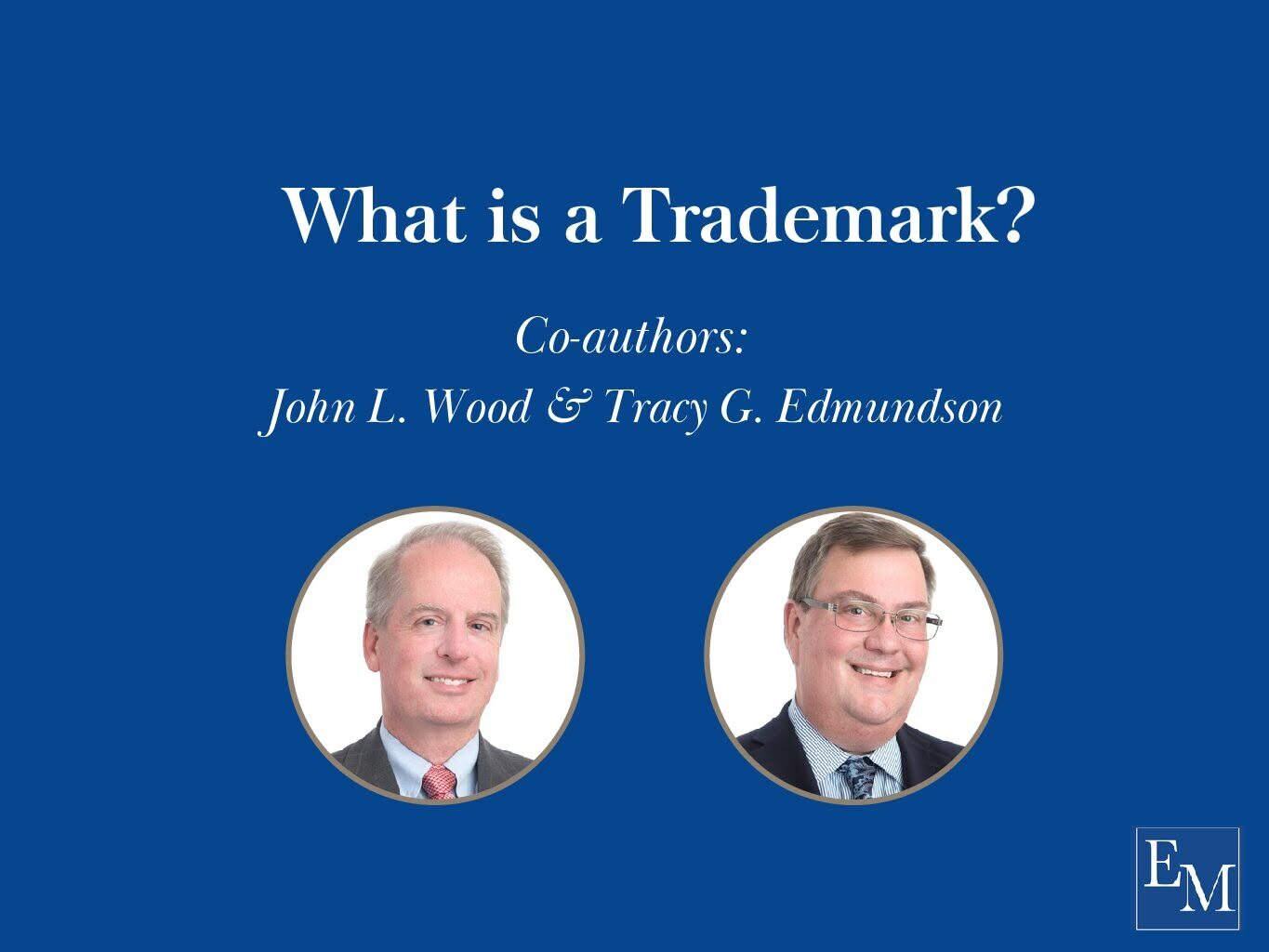What is a Trademark?
A trademark is any word, name, symbol, or device used to identify the source or origin of goods/services and to distinguish the goods/services from others. In essence, a trademark designates a particular quality and reputation, which are developed over a period of time. When a source indicator is used in connection with the provision of services, it is called a service mark; a service mark is otherwise identical to a trademark, but because of historical legal concepts, the two are still differentiated. With many products, a trademark can be of extreme value. The use of trademarks goes back at least to the early Egyptians.
What can a Trademark protect?
The overall image of a product, including its packaging, configuration, design, or overall impression, can sometimes be protected as a trademark and is referred to as the “trade dress” of the goods/services. Examples of trade dress include the unique design of the Coca Cola bottle and the pink color of Owens-Corning fiberglass.
Trademark rights for a mark can prevent others from using similar marks on goods/services that would confuse the public as to the source or origin of the goods/services. A number of factors are considered when determining whether there is a likelihood of confusion. Among the factors are the similarity of the marks, the similarity of the goods/services, and the strength of a mark. Just as with patents, a mark may infringe another without actual copying. However, if copying is proved, enhanced damages (perhaps, treble) can be received. Moreover, although trademark rights may be used to prevent others from using confusingly similar marks, they cannot prevent others from providing or selling the same goods/services under a non-confusing mark.
Co-authors: John L. Wood and Tracy G. Edmundson

